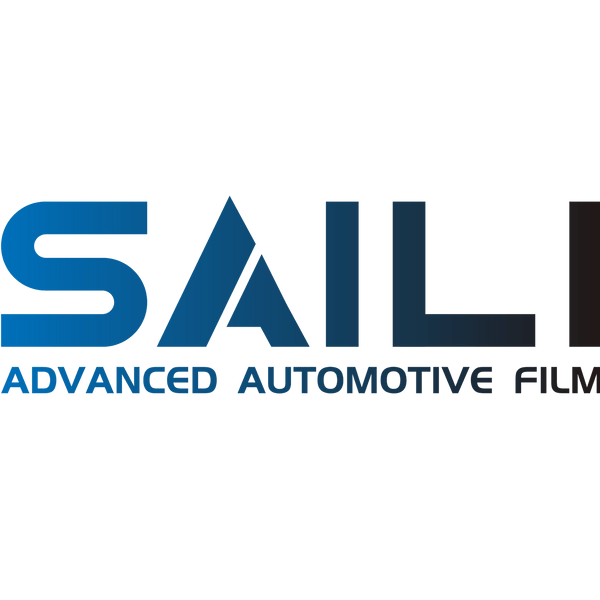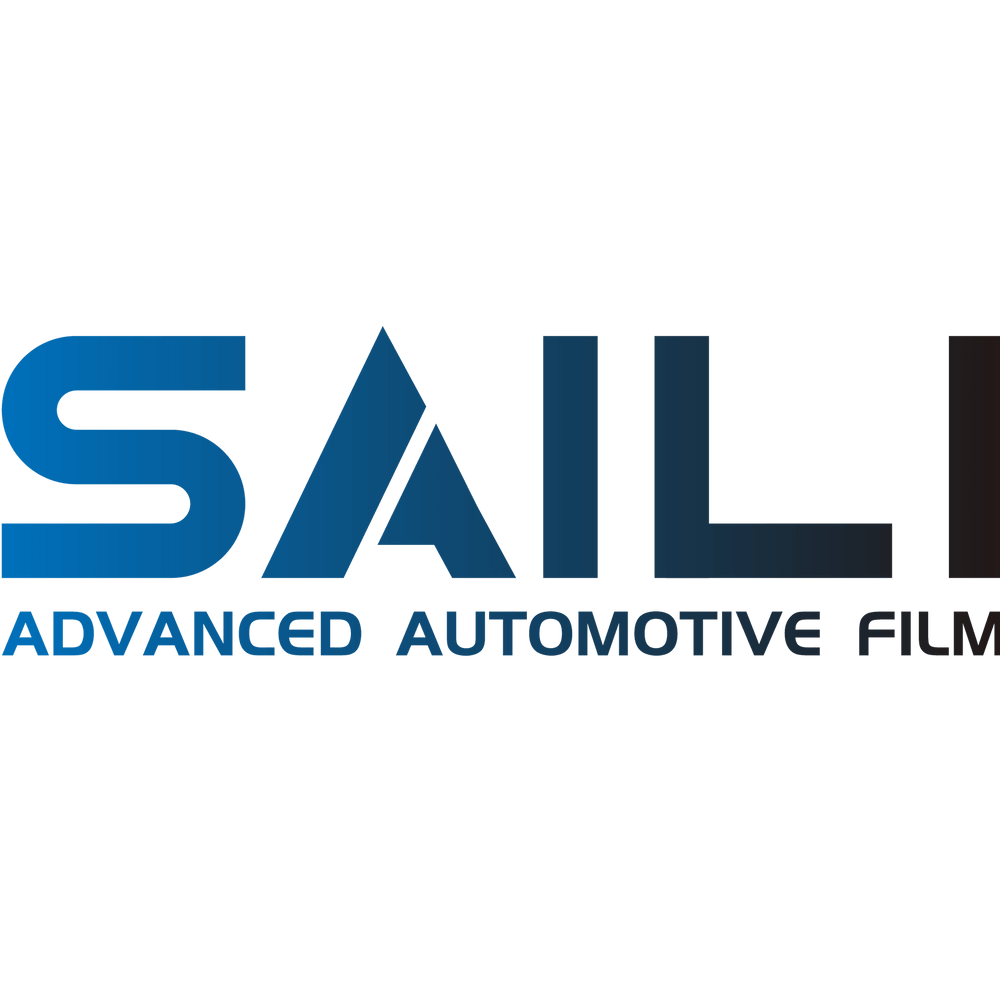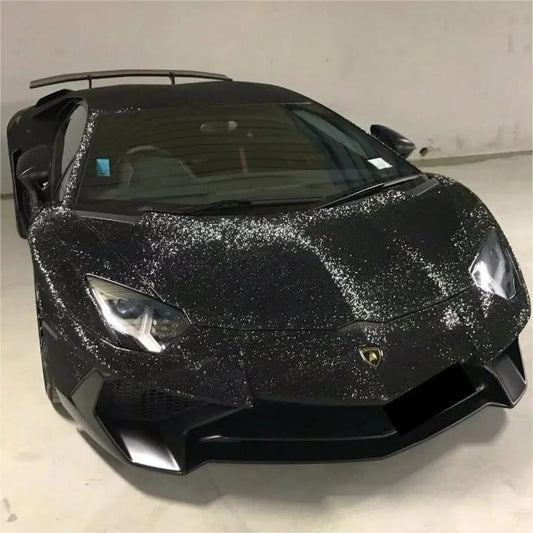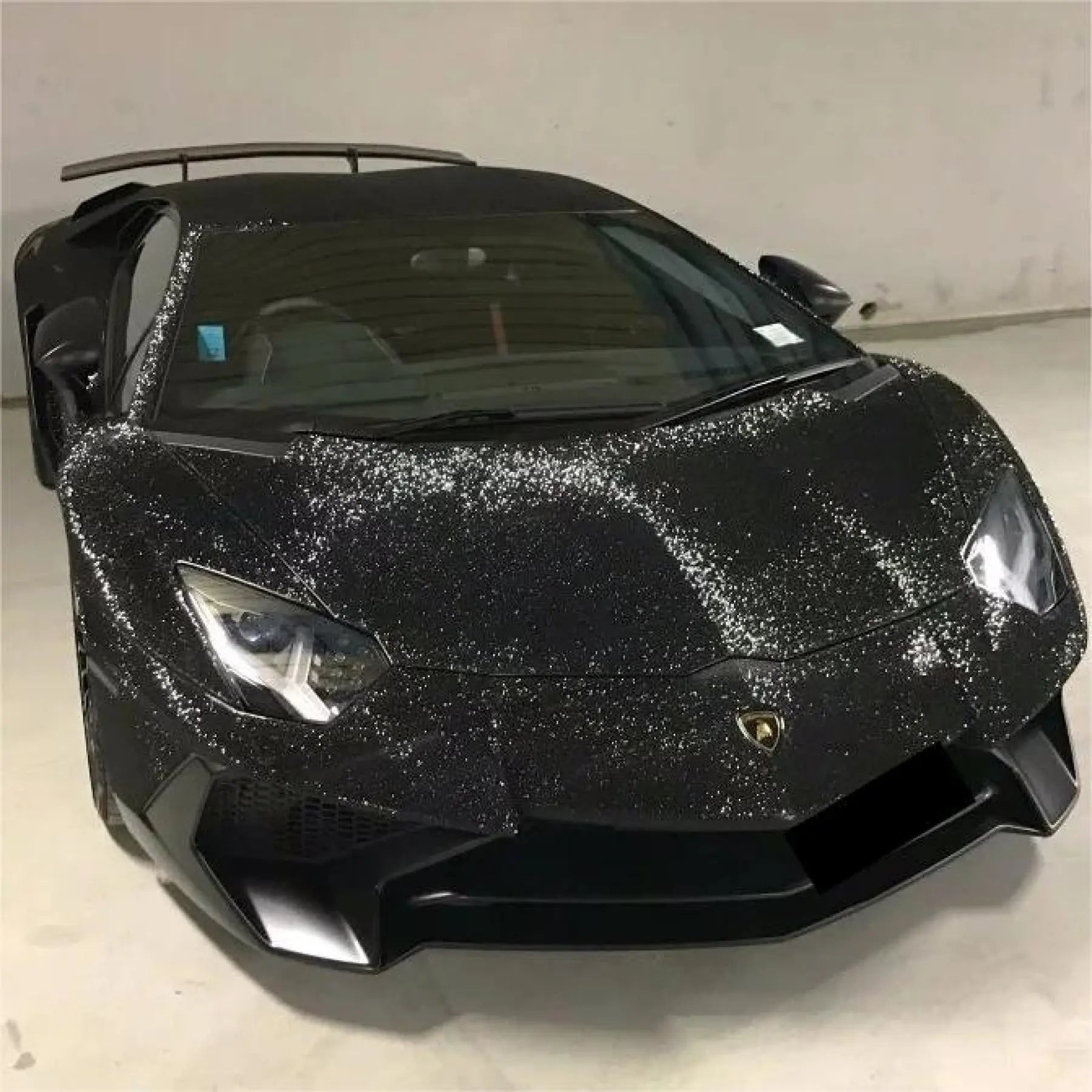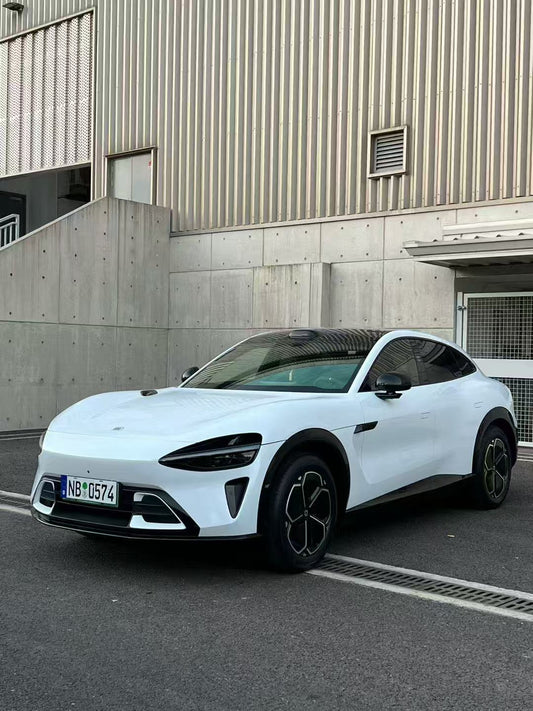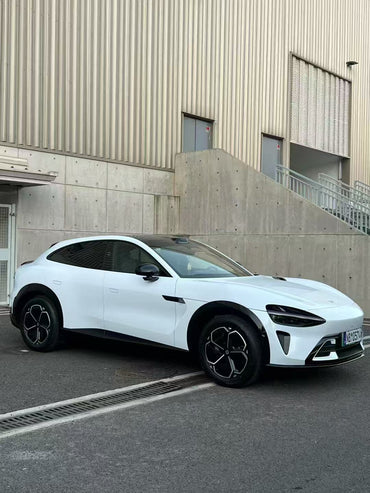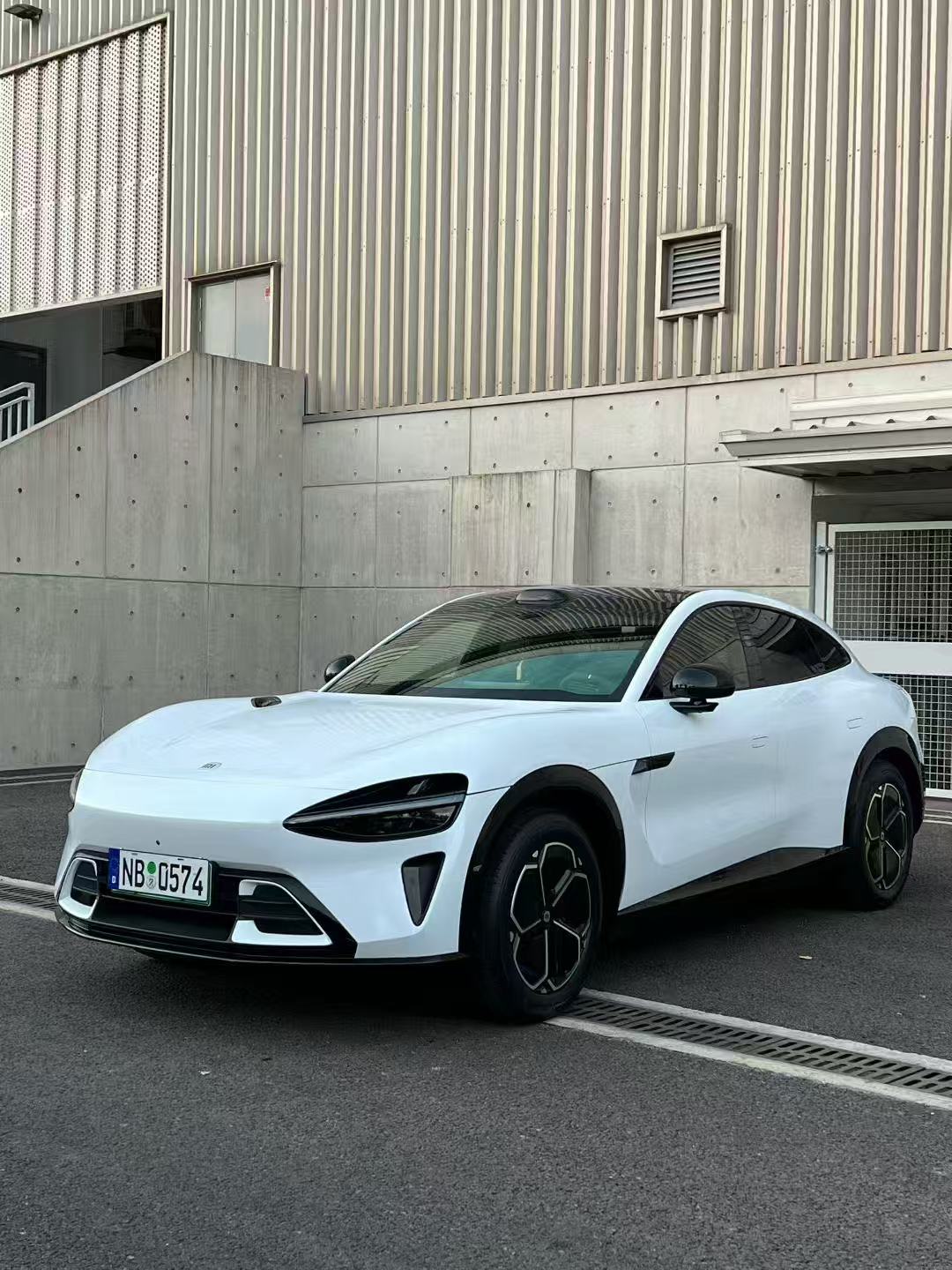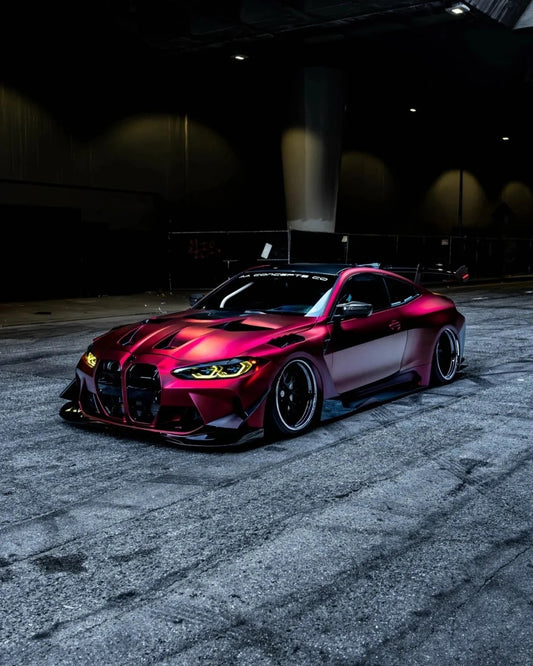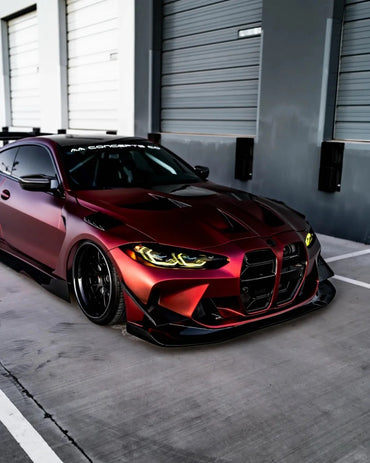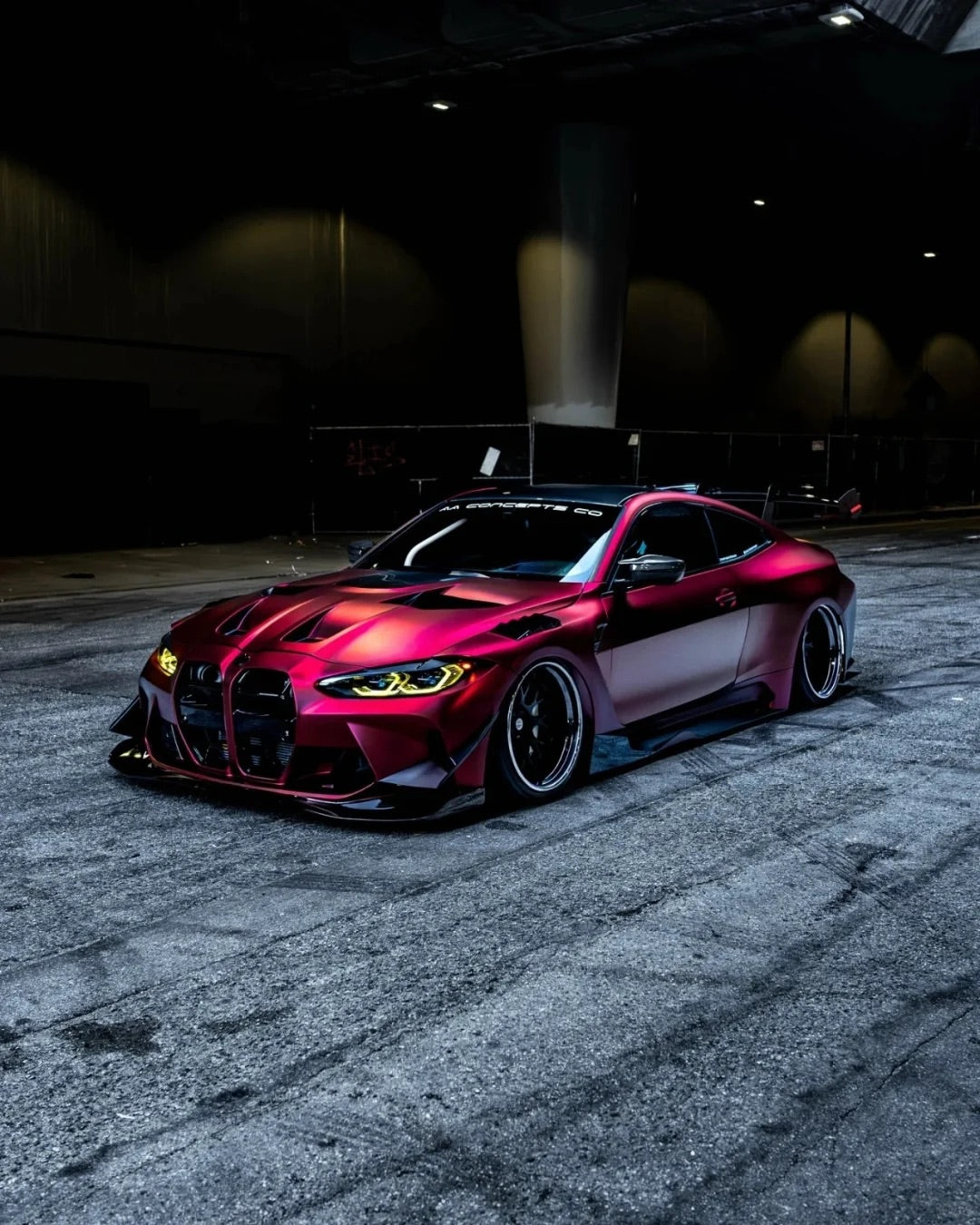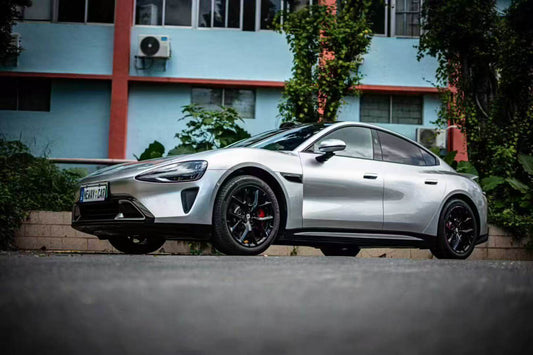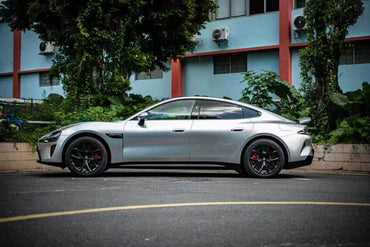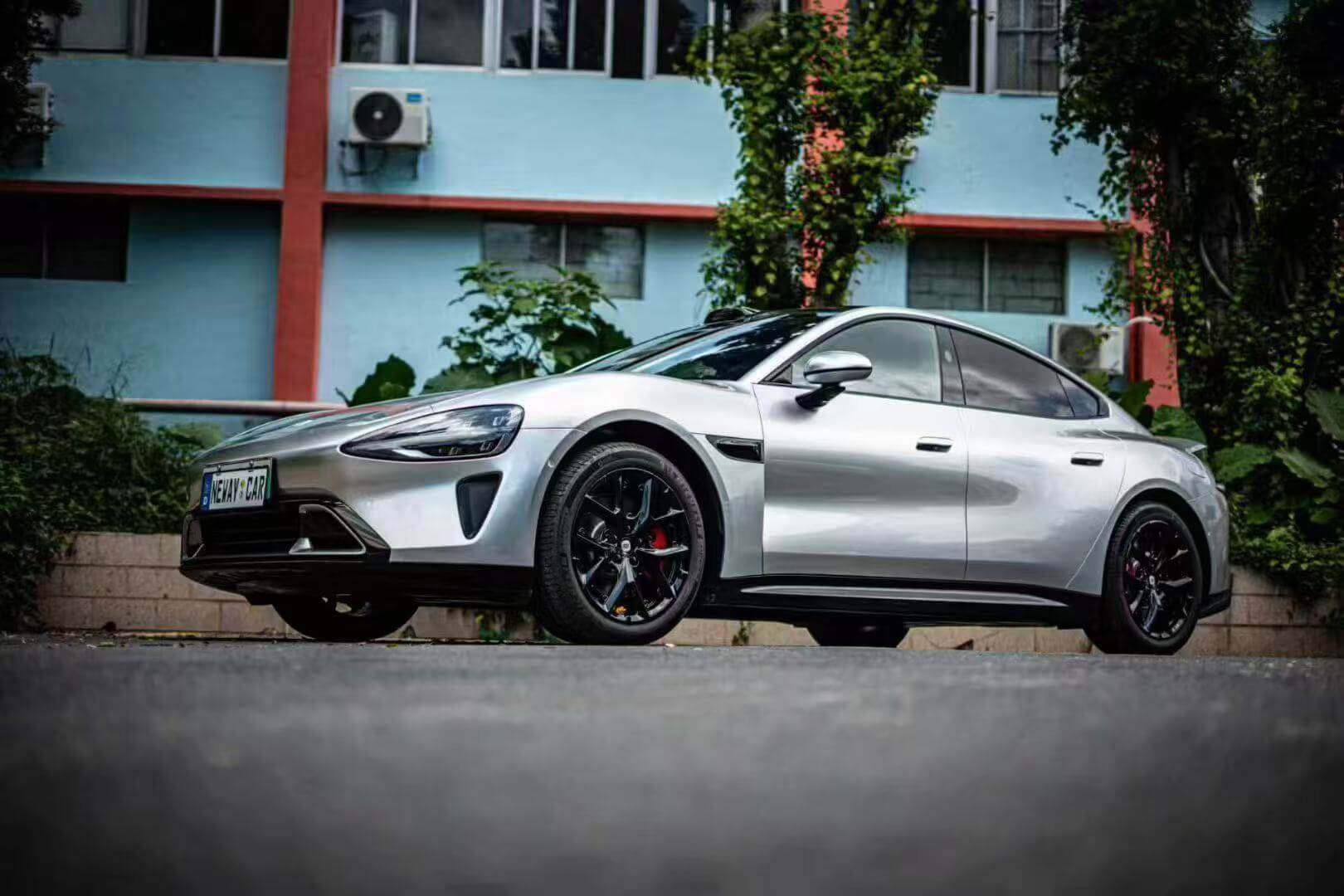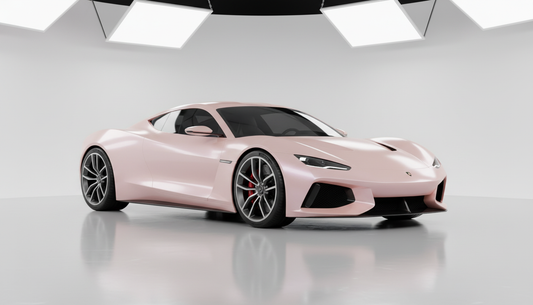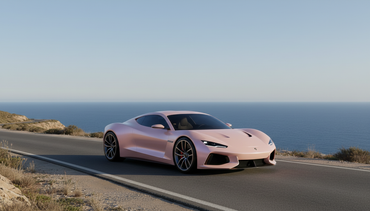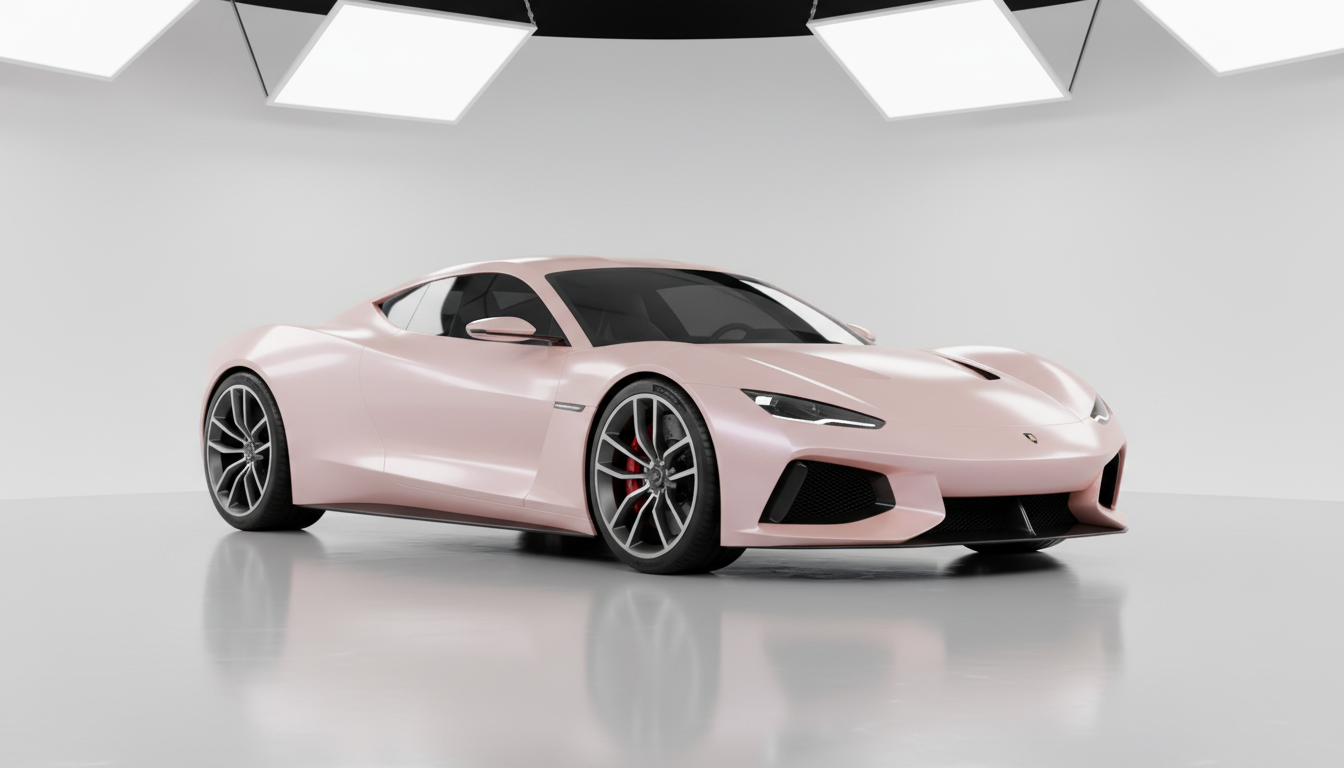Design Software Options for Car Wraps
Professional Design Software Solutions
Adobe Creative Suite Adobe Illustrator remains the gold standard for vehicle wrap design due to its vector-based approach and seamless integration with other Adobe products. Its comprehensive suite of design tools makes crafting detailed graphics simple. In addition, its integration with Adobe Suite products like Photoshop and Indesign fosters seamless collaboration and versatility with other stakeholders.
CorelDRAW Graphics Suite CorelDRAW has built a consensus among vehicle wrap designers with its advanced feature list and impressive user interface. Primarily known for its vector illustration tools, CorelDRAW empowers designers to develop precise graphical designs in the larger dimensions required for vehicle wraps. The software includes extensive vehicle template libraries, making it ideal for designing everything from 3D carbon fiber wrap applications to complex dual color dream vinyl wrap schemes.
FlexiSIGN FlexiSIGN is considered niche software in that it was explicitly developed for sign-making and car wrap production. Its integration with vinyl cutters and plotters makes it a popular choice for those with an existing workflow.
Modern 3D Visualization Tools
AI-Powered Design Platforms With advanced design software powered by artificial intelligence, professionals can now generate intricate patterns, simulate wraps on 3D vehicle models in real time, and make instant adjustments based on client preferences. These tools are particularly valuable when working with complex materials like liquid chrome wrap or crystal vinyl wrap, where visualization is crucial.
3D Car Configurators Modern visualization tools allow you to preview your metallic vinyl wrap or colored paint protection film on accurate 3D models before committing to production. These platforms support real-time color changes and material swapping, essential for finalizing designs with premium materials.
Essential Software Features
Vector Graphics Capability Vector graphics can be infinitely resized without causing pixelation, which makes them essential for vehicle wrap designs. Unlike internet graphics, car wrap designs require unlimited scalability so that the design can appear optimally throughout the vehicle.
Color Management Systems Car wrap design software must ensure that the colors on the screen precisely match the print color. If a discrepancy exists between the on-screen and wrap colors, the client will be furious. This precision becomes critical when working with specific color collections like our blue wraps or red wraps.
Large File Handling Most vehicle wrap designs are generated at extremely high resolutions, which results in massive files. Considering this, your design software must be able to handle these large files without crashing or lagging.
File Requirements for Printing
Resolution Standards for Vehicle Wraps
Optimal DPI Settings For car wrap printing, resolution requirements differ significantly from traditional print media. 72-90 dpi Raster = Billboards viewed at 10-20' away 100-150 dpi Raster = Vehicle wraps viewed at 1-11' away
For vehicle wraps, we use 150 dpi when building the wrap at full size. Normally, printed materials would need the dots per inch to be at least 300. Printing a brochure or photograph at 72 dpi would make it fuzzy; however, looking at the dimensions of your file, 78" x 52", it would only be fuzzy if we printed it at the original dimensions or larger.
Scale and Resolution Relationship Simple design your file with 10% of scale and 720 ppi. When you rip your file scale out to 1000%. I do this every day, no issues. This scaling approach helps manage file sizes while maintaining print quality for large-format applications.
File Format Specifications
Vector vs. Raster Considerations Vector graphics are resolution-independent, meaning that they can be scaled up and down to any size without losing sharpness or quality. That makes them perfect for large format printing!
Recommended File Types
- PSD Files: Make your PSD file set to 100dpi at full sign size in inches. As a general rule PSD files less than 1mb in size can not be printed. Flatten PSD to a single background layer.
- PDF Files: Convert all text to outlines and expand all fills and strokes
- Vector formats: AI, EPS files with fonts converted to curves
Color Profile Management
RGB vs. CMYK For vinyl banner printing, 100 dpi files, setup to a true banner size in inches (example - 36 x 72 inches) in regular RGB color mode print best This applies to most vinyl wrap materials including TPU paint protection wrap and standard car vinyl wrap.
Canvas Size Requirements
When designing for specific vehicles, accurate measurements are crucial. According to vehicle specs, this minivan is about 200" long and about 70" high. So we'll need to use a paper size large enough to accommodate.
Working with Professional Designers
Benefits of Professional Collaboration
Technical Expertise One of the most important aspects of being a successful vehicle wrap designer is taking on a wide range of responsibilities. You will be collaborating with clients, printers, and installers to bring your designs to life. Therefore, having good communication skills is crucial in this field.
Industry Knowledge Professional designers understand the unique challenges of different materials. Whether you're working with ultra matte wrap or rainbow laser vinyl wrap, experienced designers know how different finishes affect design visibility and application complexity.
Effective Collaboration Strategies
Research and Reference Gathering Research: Look around the internet for other wraps that have been created for companies in your industry. This can be a great way to get a feel for your personal design preferences.
Clear Communication Feel free to change your mind: Frank thought that he might like a grassy look, but ended up deciding against it. You'll be driving around in your wrap for years, so speak up if you change your mind about something while the wrap is still in the design process.
Patience in the Design Process Be patient: If you don't like the first design, it's okay. Just be patient, try to communicate a little more clearly, and know that you'll get to something you love eventually.
Designer Selection Criteria
When choosing a professional designer, consider their experience with:
- Large format printing requirements
- Automotive curve compensation
- Material-specific design considerations
- Color management for different vinyl types
Design Principles for Different Materials
Matte and Textured Finishes
Ultra Matte Wrap Design Considerations Non-glossy finish gives the vehicle and wrap design a sophisticated look. Most service-based brands explore this finish to stand out. When designing for ultra matte wrap, consider how the finish affects color perception and contrast.
3D Carbon Fiber Applications The textural nature of 3D carbon fiber wrap naturally conceals minor surface imperfections while adding dimensional interest to designs. Consider incorporating geometric patterns that enhance the material's inherent texture.
Reflective and Metallic Materials
Liquid Chrome Design Challenges Liquid chrome wrap and crystal vinyl wrap require careful consideration of design elements. These highly reflective surfaces amplify both design elements and any surface imperfections, demanding precise application and design planning.
Metallic Finish Optimization Metallic vinyl wrap creates dynamic visual effects as viewing angles change. Design elements should account for this variability, ensuring legibility and impact from multiple perspectives.
Color-Specific Design Strategies
High-Visibility Colors Bright colors like yellow wraps, orange wraps, and pink wraps naturally draw attention but require careful balance to avoid overwhelming viewers. Consider using these colors as accent elements rather than dominant base colors.
Professional Color Palettes Colors like black wraps, grey wraps, and white wraps provide sophisticated backdrops for complex graphics while maintaining professional appearance suitable for business applications.
Specialized Applications Colored paint protection film combines protection with aesthetic enhancement, requiring designs that complement rather than compete with the underlying vehicle color.
Advanced Design Techniques
Incorporating Modern Trends
Minimalist Approaches Minimalism has remained a mainstream design trend for years, and vehicle wraps are no exception. In 2025, the trend is shifting toward bold yet minimalist designs that focus on clarity and simplicity.
3D and Interactive Elements As technology advances, so do how vehicle wraps can engage audiences. 3D effects and interactive designs are making waves in the vehicle branding world, especially for industries like entertainment, retail, and technology.
Material-Specific Design Optimization
Dual Color Applications Dual color dream vinyl wrap requires careful color transition planning. Consider how colors interact at seam lines and curved surfaces to maintain design integrity.
Textural Combinations Combining different textures, such as 3D carbon fiber wrap with ultra matte wrap, creates sophisticated contrast while maintaining cohesive design themes.
DIY Design Process
Planning Phase
Concept Development The first step behind any successful marketing strategy or design is thorough research and brainstorming ideas. Remember that vehicle wrapping is a long-term and pricey investment. You don't want to rush the process and end up with a lousy design that can ridicule your business.
Template Selection The next step is choosing the right vehicle template and computer program. It's important to take extremely accurate vehicle measurements and not print out the wrong wrap size.
Design Execution
Layer Management An understated aspect of wrap designs is the various layers that come into play. For example, the company's logo, slogan, and landscape images are all separate layers within a wrap design. Ensure your software features a layer system for grouping, hiding, and locking various layers during the editing process.
Preview and Testing Utilize sample kits to test color combinations and material interactions before committing to full-scale production. This approach is particularly valuable when working with specialty materials like rainbow laser vinyl wrap or liquid chrome wrap.
Quality Assurance and Pre-Production
Design Validation
Scale Testing Before finalizing designs, test scalability across different vehicle sizes. What works for a compact car may not translate effectively to larger vehicles without proportional adjustments.
Material Compatibility Ensure design elements are optimized for your chosen material. High-contrast graphics work well with ultra matte wrap, while subtle gradients showcase metallic vinyl wrap effectively.
Professional Review Process
Technical Assessment Have professionals review your designs for technical feasibility, particularly regarding installation complexity and long-term durability considerations.
Material Selection Guidance Consult with specialists about optimal material choices for your specific design. Complex graphics may benefit from TPU paint protection wrap, while simple color changes work well with standard car vinyl wrap.
Tools and Resources
Essential Equipment
Professional Tools Investment in quality wrapping tools ensures proper installation and long-term satisfaction with your custom design. Proper tools become particularly important when working with challenging materials like crystal vinyl wrap.
Testing Materials Sample kits provide hands-on experience with different materials and colors, allowing informed decisions about final material selection.
Educational Resources
Consider exploring automotive design principles to better understand how vehicle aesthetics influence design decisions. Understanding these principles helps create wraps that complement rather than clash with vehicle architecture.
Conclusion: Your Design Journey
Designing your own car vinyl wrap represents an exciting intersection of creativity, technology, and personal expression. Whether you're drawn to the dramatic impact of rainbow laser vinyl wrap, the sophisticated elegance of ultra matte wrap, or the protective benefits of colored paint protection film, success requires careful planning, appropriate tools, and realistic expectations.
Modern design software democratizes the creation process, while professional collaboration ensures technical feasibility and installation success. The key lies in understanding your project's scope, selecting appropriate materials from our comprehensive collections, and maintaining focus on long-term satisfaction over short-term convenience.
From 3D carbon fiber wrap to liquid chrome wrap, each material offers unique opportunities for creative expression. Success comes from matching design ambitions with technical realities, whether you're pursuing a complete DIY approach or collaborating with professional designers.
Remember: Great wrap designs balance aesthetic appeal with practical considerations including installation complexity, maintenance requirements, and long-term durability. When you invest in quality materials and thoughtful design processes, your vehicle becomes a mobile masterpiece that turns heads and starts conversations wherever you go.
Start your design journey today with our sample kits and wrapping tools, and transform your vision into a stunning reality that showcases your personal style and creativity.
Surface preparation requirements - Essential reading for ensuring optimal wrap adhesion and longevity
